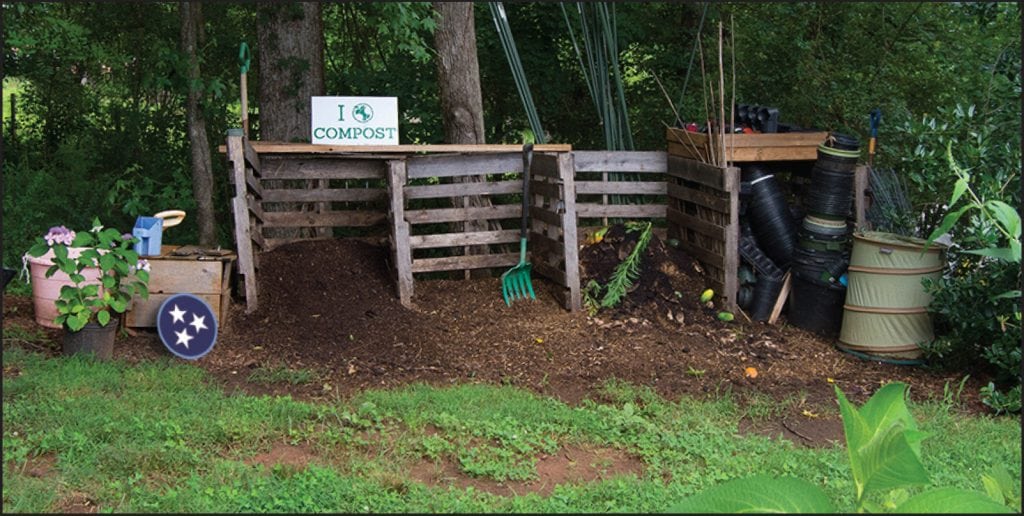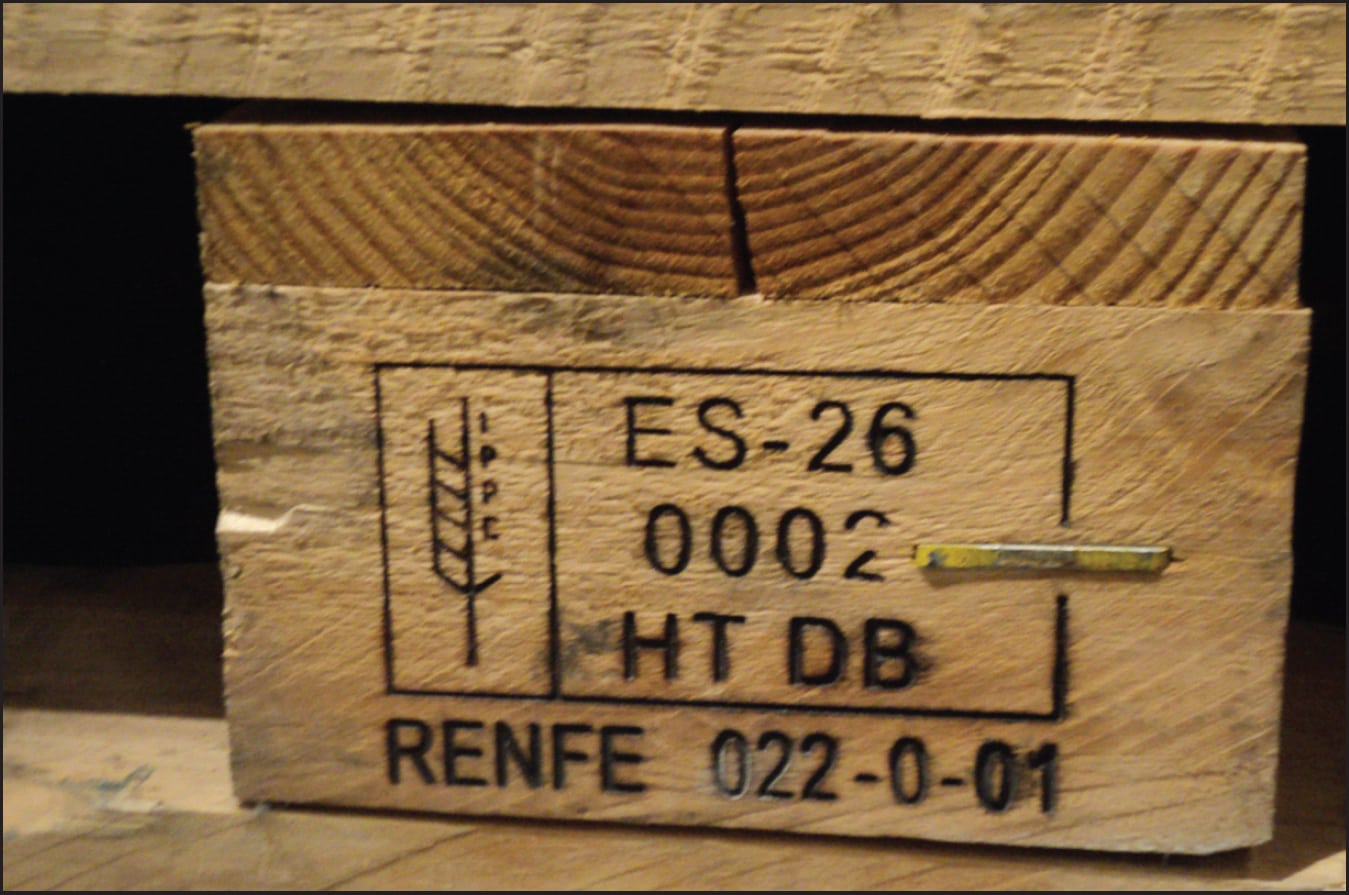Gardening Guide
When it comes to ways of repurposing in the garden, wood pallets can be the stars of the show. From creating vertical herb gardens for smaller spaces to making rugged, durable outdoor furniture, the versatility of wood palettes is limited only by the imagination.
The national website “Instructables,” created more than a decade ago by two Massachusetts Institute of Technology graduates, offers detailed instructions and ideas for all types of do-it-yourself (DIY) projects. The section about pallets is extensive and includes information about how to make everything from garden seating and wall-mounted flower-pot hangers to vertical planters and raised beds.
The DIY, contributor-sourced site offers how-to instructions for everything from welding, cooking and sewing to gardening projects and home improvement. Basic access is free; the site offers two upgraded memberships that include online classes and other features. At the very least, it’s a good resource for researching ideas and stretching your creative imagination.
“In the past several years, with the growing trends in up-cycling, recycling and reuse, people have discovered that pallets are a versatile, free source of wood,” says Joe Lamp’l, founder of joegardener.com and the television program “Growing a Greener World” that’s broadcast in many parts of the country. (Check local listings on Public Broadcasting stations.) “Whether you’re using them for gardening projects or building furniture, pallet wood has a lot of character and is a great resource for DIY projects.”
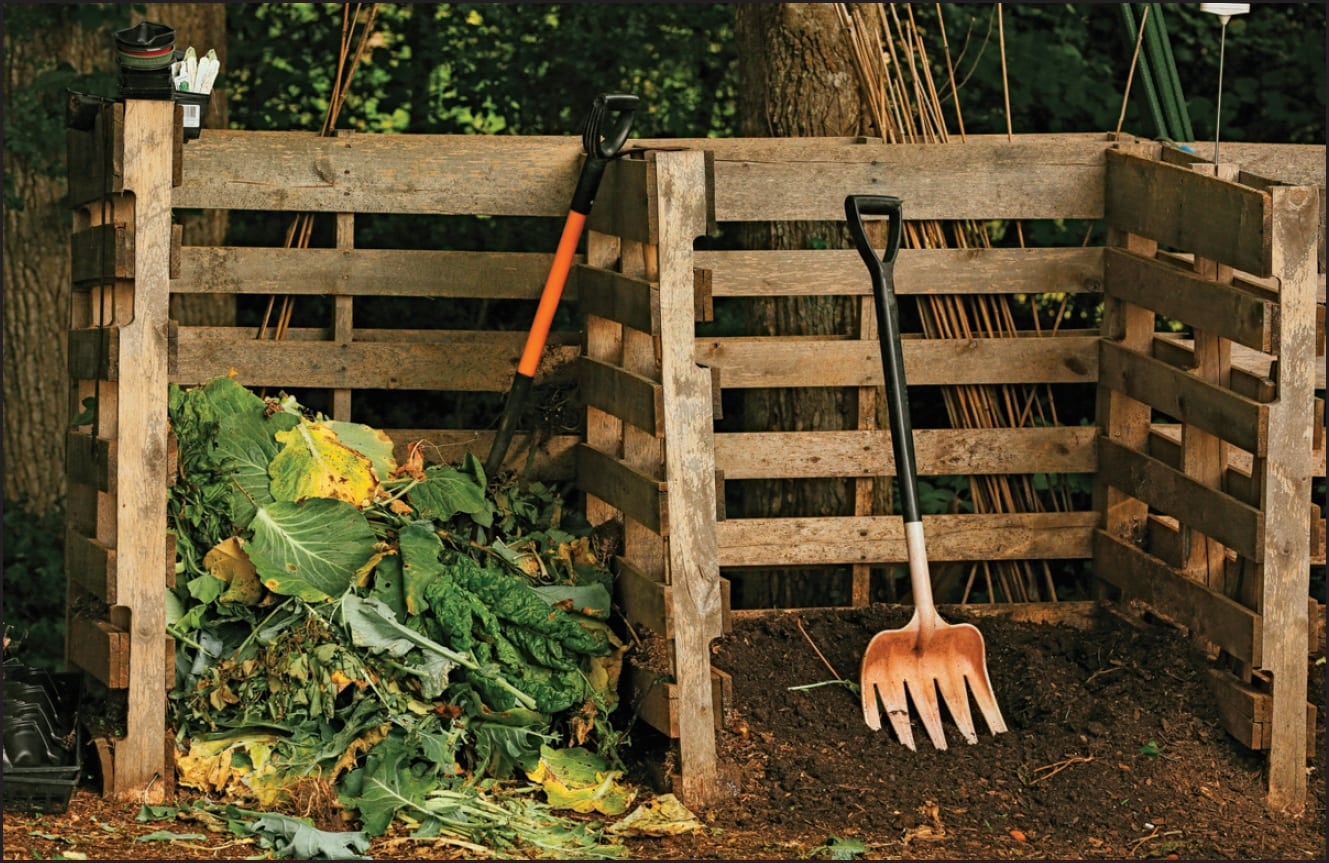
Pallet Protocol, Preparation and Safety
Many gardening projects make use of pallets just the way they are, without disassembling.
“For a vertical herb garden or a plant hanger, there’s no need to take the pallets apart,” Lamp’l says. “However, if you’re using them to grow food products, find out about the original use, making sure they haven’t been pretreated with methyl bromide, a broad-spectrum pesticide that has been used to treat soil for pests, weeds and pathogens but that’s highly toxic to humans. Look for heat-treated pallets instead because they are safer and don’t contain harmful chemicals.”
Pallets made in the United States are typically heat-treated, and by law all pallets made within the past several years must be labeled as either MB for methyl bromide or HT for heat treated. The marking is generally on the end of one of the 2-by-4 pieces.
Lamp’l suggests pressure-washing pallets to remove any grime or dirt.
Made of rough-cut wood and assembled with nails, pallets can be difficult to take apart. “The most popular and simplest way is to use a reciprocating saw, sometimes called a Sawzall,” Lamp’l says. “Fit it with a blade designed to cut metal, and you can just cut through the nails. You don’t have to remove the nails, and you’re less likely to split the boards.”
You can also use a circular saw to cut the pallet wood from the 2-by-4 supports sawing perpendicular to the supports, then use a crowbar and hammer to remove the center stringers. You’ll still need to remove the nails with a claw hammer. Popular Mechanics (www.popularmechanics.com) shows several techniques for taking them apart and removing the nails.
“Depending on how you’ll use them, once you’ve taken the pallets apart, sand them to remove splinters and create a smoother surface,” Lamp’l says. “You’ll have great wood for garden projects like raised beds, compost bins, rugged potting benches and distinctive yet durable outdoor furniture.”
A word about safety: Wear safety goggles and work gloves to protect your eyes and hands.
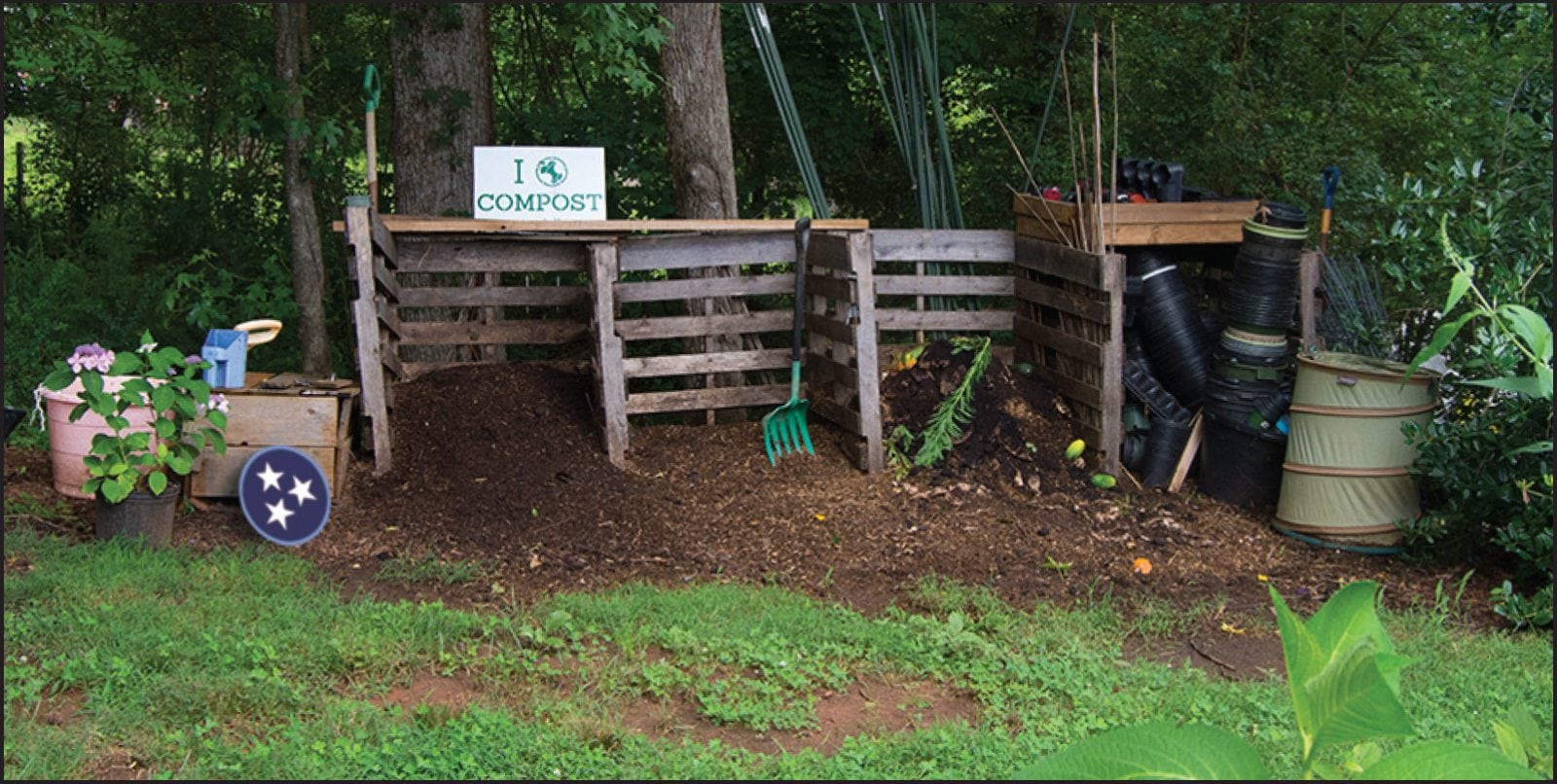
Three Easy Pallet Projects
Showcase the versatility of pallets with these projects:
Build a vertical kitchen garden for greens or herbs by standing a clean pallet on end, creating triangle feet to keep it upright, filling it with good-quality potting or container soil, then planting seedlings between the slats. The slats on the front side of the pallet are a bit closer together than those on the back.
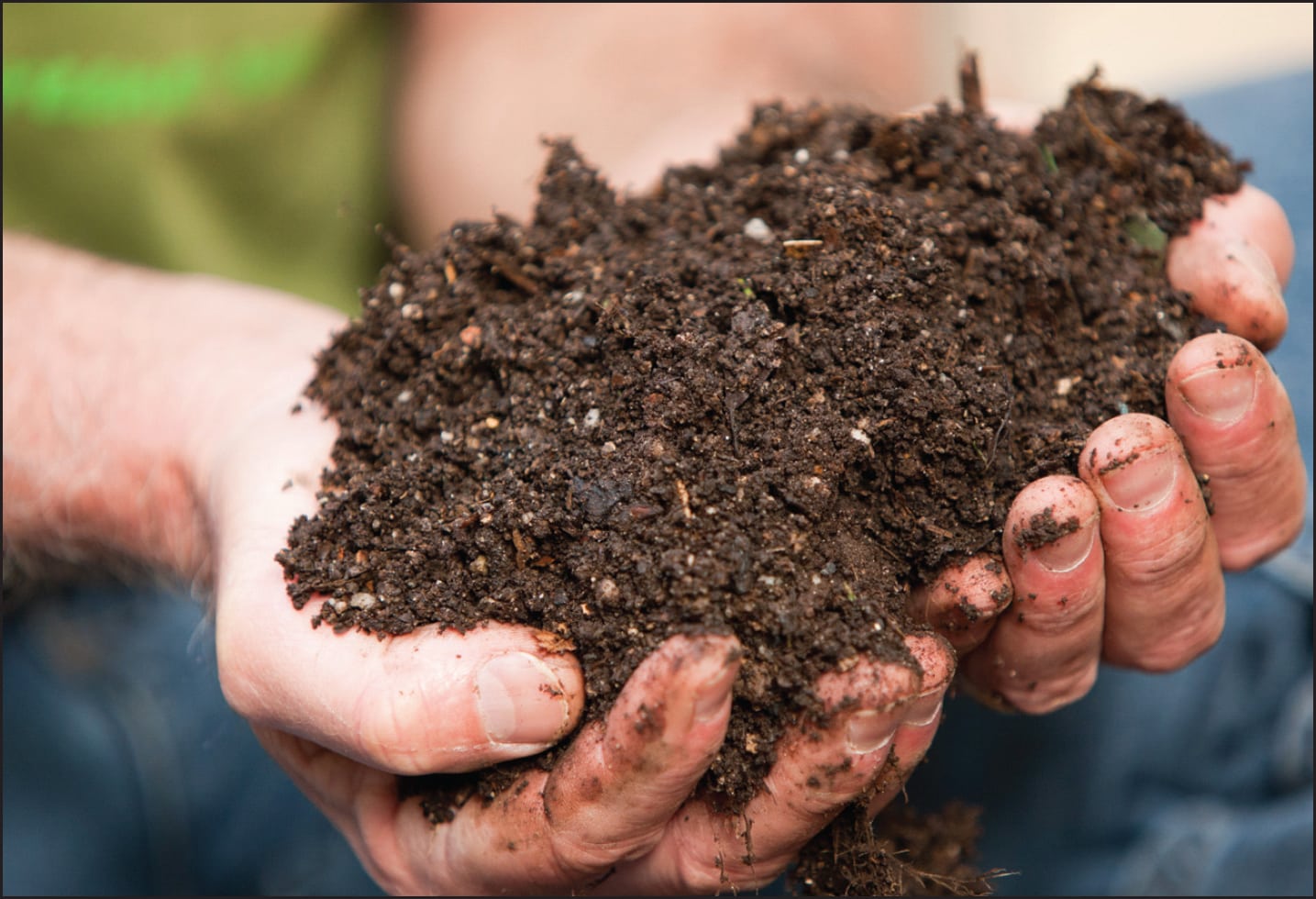
“For a one-sided vertical garden that you can either mount on a wall or add 2-by-4 braces to make it freestanding, stretch landscape fabric across the inside of the back and along the bottom to help keep the soil in place,” Lamp’l says. He suggests planting garden herbs such as basil, dill, oregano, chives, parsley and thyme along with salad greens, lettuce, spinach and leafy crops. “Don’t be afraid to pack the soil tightly. You’ll also want to put your seedlings a bit closer together than if they were planted in an open garden bed.”
Once it’s planted, put your vertical planter in a sunny, convenient location, and water it well. Monitor to keep it from becoming too dry, and feed it with liquid fertilizer according to the package instructions.
Create a potted plant hanger by using an intact pallet, mounting it to a wall and then attaching metal potted plant brackets, available online or at many big-box retailers. For interest, paint the slats in cheerful colors, and use varying-sized pots.
As a focal point on a patio, build a pallet coffee table. Start by taking apart several pallets. Use two 2-by-4s for each leg, creating 4-by-4 legs. Use the slats to make the top, and face the sides with additional slats. You can leave the table a natural color, stain or paint it and finish it with several coats of polyethylene to make it waterproof.
“Pallets can be the basis for any number of projects,” Lamp’l says. “I’ve seen people create an indoor accent wall from pallet wood, build headboards or use the wood to frame artwork. Once you’ve discovered the versatility of wood pallets, you’re only limited by your imagination.”



